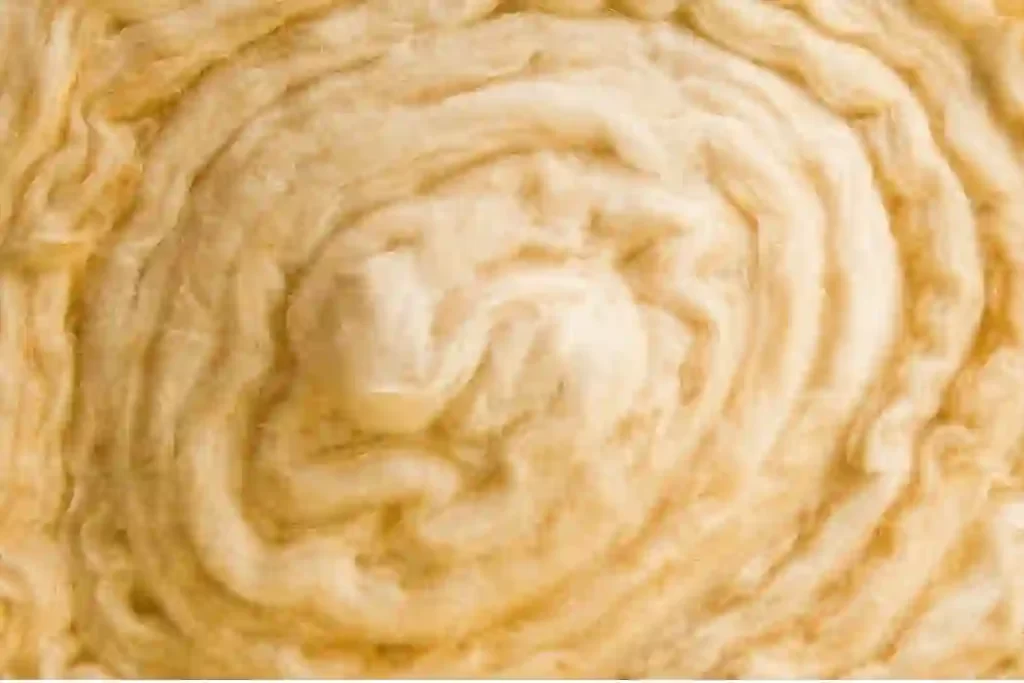Insulation is an important aspect of any building, whether it is a residential or commercial property. Insulation helps to regulate the temperature inside the building, keeping it warm during the colder months and cool during the hotter months. In this article, we will discuss everything you need to know about insulation, including the different types of insulation, how it works, and its benefits.
What is Insulation?
Insulation is a material that is used to slow down the transfer of heat between two spaces. In a building, insulation is used to prevent heat from escaping during the colder months and to prevent heat from entering during the hotter months. Insulation is usually made from materials that have low thermal conductivity, such as fiberglass, mineral wool, cellulose, and foam.
Different Types of Insulation
There are several different types of insulation available on the market, each with its own unique properties. The four most common types of insulation are fiberglass, mineral wool, cellulose, and foam.
Fiberglass insulation
Fiberglass insulation is made from glass fibers that are woven together to create a mat. This type of insulation is lightweight and easy to install, and it is also relatively inexpensive. Fiberglass insulation is available in batts or rolls, and it can be used in walls, floors, and ceilings.
Mineral wool insulation
Mineral wool insulation is made from rock or slag that is spun into fibers. This type of insulation is more expensive than fiberglass, but it is also more effective at preventing heat transfer. Mineral wool insulation is available in batts or rolls, and it can be used in walls, floors, and ceilings.
When planning your home renovation, consider installing fiber glass insulation, a cost-effective and efficient solution to enhance energy efficiency and indoor comfort.

Cellulose insulation
Cellulose insulation is made from recycled paper products, such as newspaper or cardboard. This type of insulation is blown into walls or ceilings using special equipment. Cellulose insulation is effective at preventing heat transfer, and it is also environmentally friendly.
Foam insulation
Foam insulation is made from a variety of materials, including polyurethane and polystyrene. This type of insulation is more expensive than other types of insulation, but it is also the most effective at preventing heat transfer. Foam insulation is available in spray or board form, and it can be used in walls, floors, and ceilings.
How Insulation Works
Insulation works by slowing down the transfer of heat between two spaces. Heat always moves from warmer to cooler areas, so in the winter, heat will try to escape from the inside of the building to the outside. In the summer, heat will try to enter the building from the outside.
Insulation is effective at preventing heat transfer because it is made from materials that have low thermal conductivity. This means that they do not allow heat to pass through them easily. When insulation is installed in a building, it creates a barrier that slows down the transfer of heat between the inside and outside of the building.
Benefits of Insulation
There are several benefits to installing insulation in a building. The most obvious benefit is that insulation helps to regulate the temperature inside the building, keeping it warm in the winter and cool in the summer. This can lead to significant energy savings, as less energy is required to heat or cool the building.
Insulation also helps to reduce noise pollution. It can act as a sound barrier, preventing noise from outside the building from entering the inside. This is particularly important in busy urban areas where noise pollution can be a problem.
Finally, insulation can help to improve indoor air quality. Insulation can prevent drafts and air leaks, which can reduce the amount of outdoor air pollutants that enter the building. This can help to create a healthier living or working environment.
Conclusion
Insulation is an important aspect of any building, providing a barrier that slows down the transfer of heat between the inside and outside of the building. There are several different types of insulation available, each with its own unique properties, including fiberglass, mineral wool, cellulose, and foam. Insulation helps to regulate the temperature inside the building, reduce noise pollution, and improve indoor air quality. When considering insulation for a building, it is important to choose the right type of insulation for the specific needs of the building. By doing so, the building can become more energy efficient, comfortable, and healthy.

